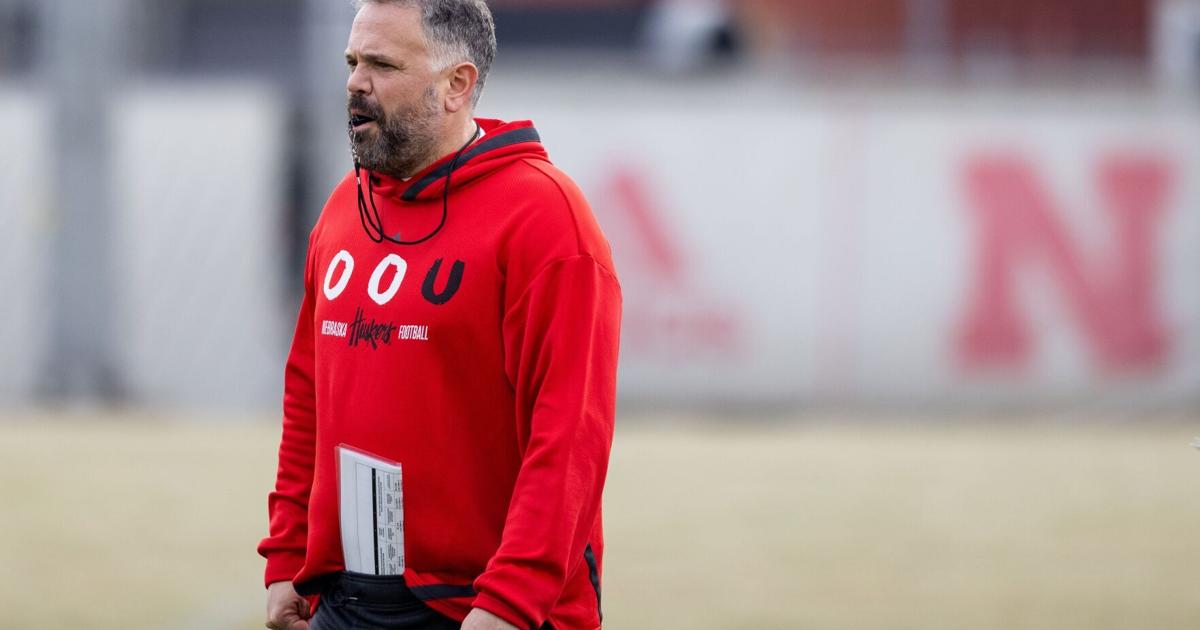
EVAN BLAND
Omaha World-Herald
Nebraska tight ends coach Bob Wager’s comments on his room lead off Thursday’s episode of Four Downs.
An obscure NCAA bylaw ensures a busy few weeks ahead for Nebraska as it works down toward the 85-man scholarship limit.
Attrition has been inevitable for the Huskers since they completed a 39-man recruiting class in February — 27 high school prospects, 11 transfers and one junior player — that pushed their total number of scholarship counters beyond 100. Three scholarship players left the team before the start of spring practices last month.
By rule, double-digit others must soon follow whether by choice or otherwise. The transfer window in which players can enter the portal begins Saturday and runs through April 30.
A 112-word entry in the 452-page NCAA Division I Manual gives programs with new head coaches additional power to quickly remake their rosters. Known as 15.5.1.8 — or “Aid After Departure of Head Coach” — it allows first-year head coaches at a school to not invite an athlete back to the team but keep their scholarship as long as they stop playing and continue their academics. The athlete would then no longer count against a program’s total number.
People are also reading…
The rule’s original iteration in 2010 applied only to men’s basketball and was meant to encourage older players whose coach had left to stay in school and graduate. It expanded to include all sports in August 2017 and underwent another change in May 2019 to extend to a full year after the departure of the previous coach.
Still, this marks the second offseason in which football programs have utilized 15.5.1.8 to quickly turn over rosters because it coincides with the advent of the one-time free-transfer system (which began in fall 2021) and the NCAA’s waiving of the 25-man recruiting class limits (done last summer, affecting at least the 2022-23 and 23-24 cycles).
USC coach Lincoln Riley most notably used the rule last offseason to cut 10 scholarship players, some of whom transferred and others who stayed in school but were no longer with the team. The Trojans saw 25 players transfer out in all while adding 19 portal players. A year after finishing with a 4-8 record, they were 11-3 in Riley’s first season in Los Angeles.
“We obviously forced some of the attrition here,” Riley said then.
Florida coach Billy Napier used the bylaw to trim three scholarship players last summer. Other schools with first-year coaches quietly did likewise, with the end result usually tallied as a player transferring or leaving the sport without the stigma of being “cut.”
TCU bid adieu to 17 transfers before reaching the national title game. Washington saw 21 players leave last cycle and the team went from 4-8 to 11-2. LSU lost 17 transfers and transformed from a six-win team to 10-4.
“Nothing’s set in stone,” Michigan State coach Mel Tucker said in November 2020, nine months after his hire. “It’s compete and show us what you can do and earn your spot, earn your playing time, earn your right to be able to even stay on the team. This is not like a recreational type of situation. This is compete to play, compete to stay.”
Unlike last year, there are only 60 days a year in which players can enter the portal after new legislation went into effect in August. Forty-five of those ran from early December to mid-January. The other 15 round out April. Power Five schools with new hires who can use 15.5.1.8 to compel roster departures include Wisconsin, Purdue, Colorado, Auburn, Arizona State and Louisville, among others.
And Nebraska. The Huskers sit unofficially at 98 scholarship players — 77 on campus and 21 arriving this summer — with three-plus months to trim to 85. It’s likely they will add more talent from the portal after spring practices, meaning subtracting a baker’s dozen is the minimum number required to balance the books.
NU coach Matt Rhule, who was officially hired on Nov. 26, said in an office interview in February he wouldn’t make roster decisions until after spring ball, which concludes with the Red-White scrimmage on April 22.
“I’m not the kind guy to come in and just kick a bunch of guys off the team,” Rhule said. “I want everyone to have an opportunity to go through the spring and live up to our standards on and off the field and see if this is for them. … (After that) what’s wrong with helping guys go to college and pay for college? What’s wrong with it?”
Eleven scholarship Huskers transferred out last December and eleven more transferred in this offseason along with the return of previously departed receivers Zavier Betts and Isaiah Garcia-Castaneda.
Rhule endured rough first seasons at Temple in 2013 and Baylor in 2017 — going 2-10 and 1-11, respectively — before both programs took off. The timeline for a turnaround in major college football is different now.
“He’s usually on this three-year plan,” Texas Tech coach Joey McGuire said in December of Rhule, his former boss at Baylor and a mentor. “I think he’ll flip Nebraska a lot quicker.”
One risk of anyone choosing to enter the portal is there’s no guarantee of a roster spot or scholarship elsewhere. Data from On3, a recruiting service, shows that more than 1 in 3 entrants during the 2022 cycle didn’t resurface anywhere for football. Of 1,986 players who entered the portal this cycle, 43% are still there.
Roster renovation is coming across college football but especially at schools with first-year coaches like Nebraska. Rebuild projects no longer require the patience they did even five years ago.
“The world’s changed,” Rhule said. “The people who understand all the nuances of everything have an advantage.”
Photos: Inside a Nebraska football practice, 4.4
Nebraska head coach Matt Rhule blows the whistle during a football practice, Tuesday, April 4, 2023, at Hawks Championship Center.
JUSTIN WAN Journal Star

Nebraska’s Jeff Sims runs with the ball during a football practice, Tuesday, April 4, 2023, at Hawks Championship Center.
JUSTIN WAN Journal Star

Nebraska’s Zavier Betts makes a catch during a spring football practice on April 4 at Hawks Championship Center.
JUSTIN WAN, Journal Star

Nebraska’s Heinrich Haarberg makes a throw during a football practice, Tuesday, April 4, 2023, at Hawks Championship Center.
JUSTIN WAN Journal Star

Nebraska’s Brian Buschini looks on after making a punt during football practice, Tuesday, April 4, 2023, at Hawks Championship Center.
JUSTIN WAN Journal Star

Nebraska’s Jacob Hohl makes a punt during a football practice, Tuesday, April 4, 2023, at Hawks Championship Center.
JUSTIN WAN Journal Star

Nebraska’s wide receiver coach Garret McGuire (left) instructs Elliott Brown during a football practice, Tuesday, April 4, 2023, at Hawks Championship Center.
JUSTIN WAN Journal Star

Nebraska head coach Matt Rhule talks with players during a spring football practice on April 4 at Hawks Championship Center.
JUSTIN WAN, Journal Star

Nebraska’s Isaiah Garcia-Castaneda runs with the ball during a football practice, Tuesday, April 4, 2023, at Hawks Championship Center.
JUSTIN WAN Journal Star

Nebraska’s Anthony Grant runs with the ball during a football practice, Tuesday, April 4, 2023, at Hawks Championship Center.
JUSTIN WAN Journal Star

Nebraska’s Nouredin Nouili (63) leads the line during warmups before practice at the Hawks Championship Center on Tuesday, April 4, 2023.
LARRY ROBINSON Journal Star

Nebraska quarterback Jeff Sims (14) practices throwing drills with the quarterback corps at the Hawks Championship Center on Tuesday, April 4, 2023.
LARRY ROBINSON Journal Star

Nebraska’s Nouredin Nouili (right) pushes Henry Lutovsky (59) during offensive line drills at practice at the Hawks Championship Center on Tuesday, April 4, 2023.
LARRY ROBINSON Journal Star

Nebraska quarterback Jeff Sims (14) practices throwing drills with the quarterback corps at the Hawks Championship Center on Tuesday, April 4, 2023.
LARRY ROBINSON Journal Star

Nebraska quarterback Jeff Sims (14) hands the ball off to Gabe Ervin Jr. (22) during offensive drills in practice at the Hawks Championship Center on Tuesday, April 4, 2023.
LARRY ROBINSON Journal Star

Nebraska quarterback Jeff Sims (14) warms up before practice at the Hawks Championship Center on Tuesday, April 4, 2023.
LARRY ROBINSON Journal Star

Nebraska’s Dylan Parrot (middle, right) pushes against Gunnar Gottula (middle, left) during offensive line drills at practice at the Hawks Championship Center on Tuesday, April 4, 2023.
LARRY ROBINSON Journal Star

Nebraska’s Nouredin Nouili (63) and Turner Corcoran (69) stretch during warm ups before practice at the Hawks Championship Center on Tuesday, April 4, 2023.
LARRY ROBINSON Journal Star

Nebraska’s Gunnar Gottula (right) pushes Turner Corcoran during offensive line drills at practice at the Hawks Championship Center on Tuesday, April 4, 2023.
LARRY ROBINSON Journal Star
- • Texts from columnists
- • The most breaking Husker news
- • Cutting-edge commentary
- • Husker history photo galleries
Be the first to know
Get local news delivered to your inbox!

Must See
-
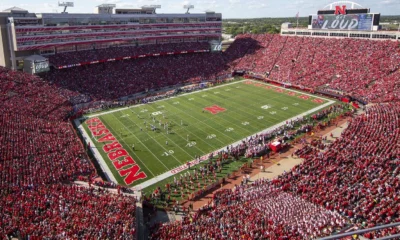

Featured
/ 1 day agoFan Guide to the Red-White Spring Game
Nebraska fans are set for a thrilling Saturday at Memorial Stadium for the annual...
-


Baseball
/ 6 days agoHuskers Command Series Victory with a Resounding Win
In a spectacular show of force, Nebraska equaled its highest run tally of the...
-


Men's Gymnastics
/ 7 days agoHuskers Garner Five All-Americans at NCAA Gymnastics Finals
In Columbus, Ohio, the Nebraska men’s gymnastics team concluded their season with an impressive...
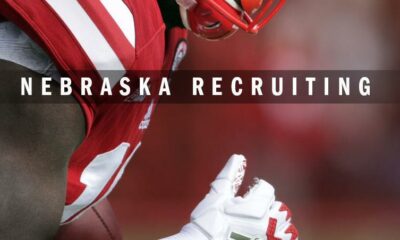

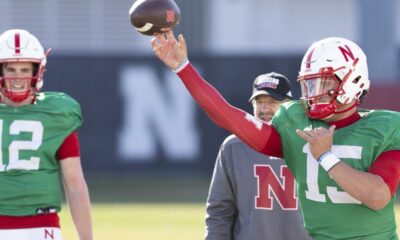









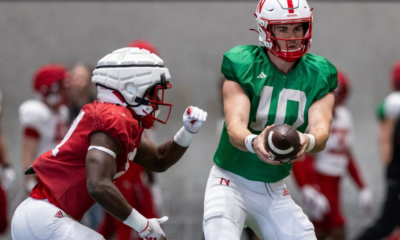

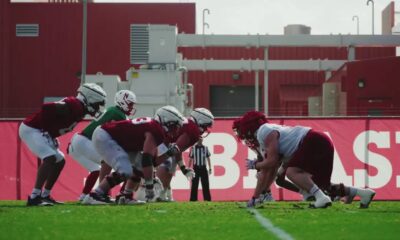







You must be logged in to post a comment Login